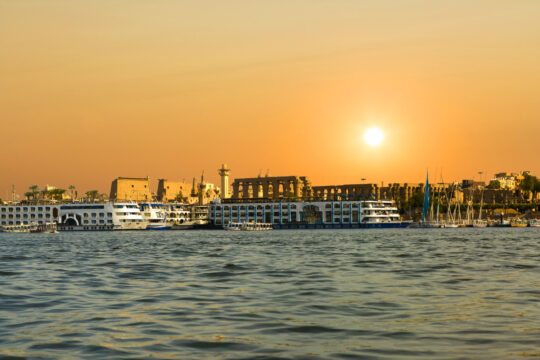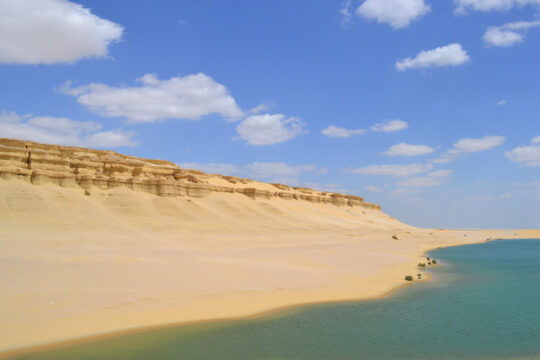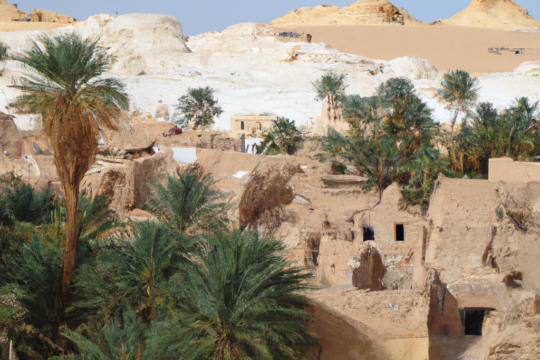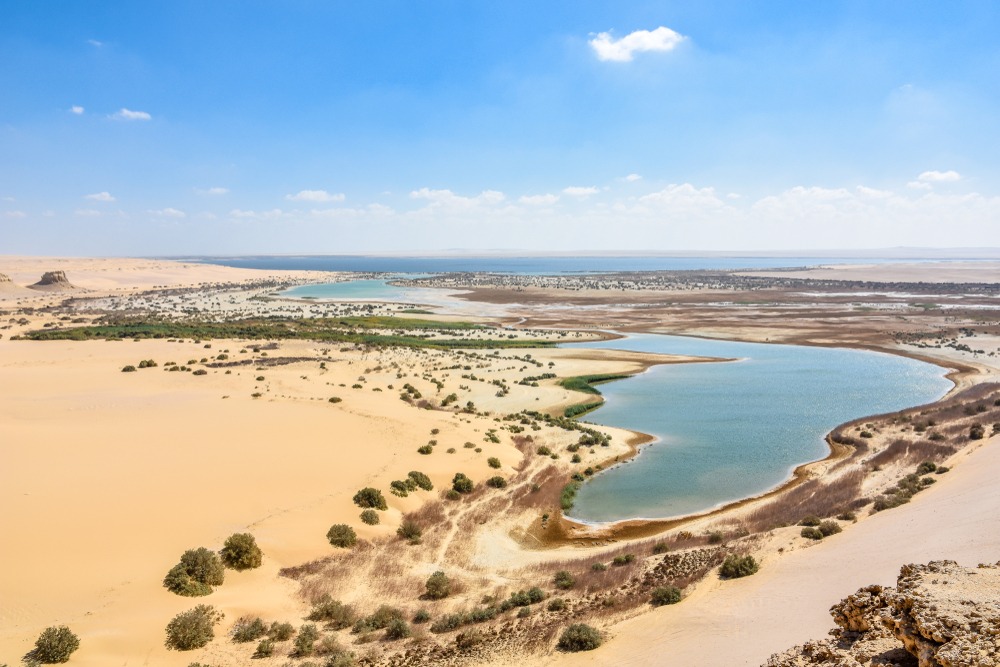
The well-known Wadi El Rayan National Park is widely considered to be among Egypt’s most breathtaking tourist destinations. A few years ago, I went here for the first time, and I immediately fell in love with the area. It has quickly become one of my go-to places for spending the weekend.
It is a two-hour trip from Cairo, and once you arrive, you will discover that you are in the middle of a clean, wide-open desert that is made even more stunning by the sculpted sand dunes and tranquil blue water.🌄🌊
Top Facts About Wadi El Rayan
- Announced as a national park in 1989.
- Area: 1759 Km2
- The natural reserve is part of the El Fayoum governorate.
- Situated around 75 kilometers away from the city of El Fayoum.
- It was given its name after King El Rayan Ibn El Walid, who had resided in the region with his troops.
- It can be reached from Cairo in a little over two hours.
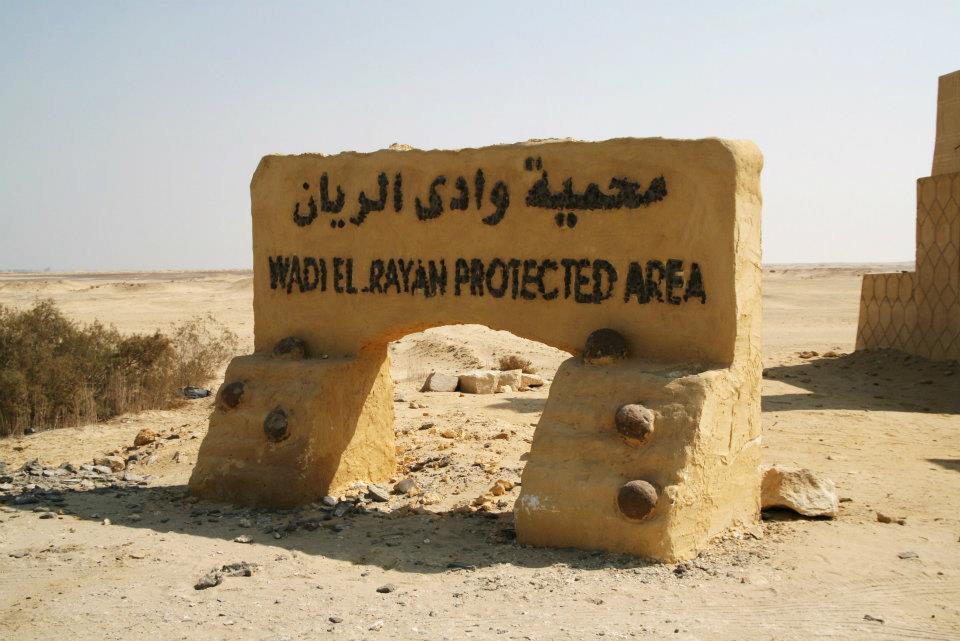
Wadi El Rayan Protected Area
Wetlands, waterfalls, and sand dunes all contribute to the protected area’s distinctive landscape, making it an invaluable home for a broad variety of plant and animal species.
The higher and lower man-made lakes of the Wadi El Rayan Protected Area are the area’s main attraction. Several species of fish, amphibians, and birds rely on these lakes as vital habitats. Many rare and endangered bird species, like the white-eyed gull, the lesser flamingo, and the Egyptian vulture, call this region home. Egyptian fauna, such as white gazelles, Egyptian gazelles, sand foxes, and fennec foxes, as well as unique types of resident birds, migrating birds, and various kinds of eagles and falcons, may also be observed in the region.
Many natural waterfalls have emerged here after millions of years of water eroding the sandstone cliffs, adding to the area’s already impressive landscape. These waterfalls are a sight to see, and they also serve an important function in the surrounding environment by supplying fresh water.
The protected region is home to marshes, waterfalls, and sand dunes that may reach heights of up to 50 meters in places. Most notably, the area’s plant life has made it a good winter home for more than 140 species of migratory birds; its artificial lakes are ideal for fish breeding; and, as a nature reserve, it’s home to the world’s largest population of “skinny century” deer as well as 24 other mammalian species, including foxes, jackals, foxes, wild cats, ferrets, and 143 bird species.
The Wadi El Rayan reserve is divided into seven sections:
- The upper and lower Lakes
- The Magic Lake
- Wadi El Rayan springs
- Wadi El Rayan Falls
- El Modawara Mountain, also known as Jabal El Modawara in Arabic,
- El Rayan Mountain, also known as Jabal El Rayan
- Wadi El Hitan (The Valley of the Whales).
All of these regions are home to a wide variety of breathtaking natural features, including waterfalls, oases, mountains, and rock formations. To enjoy Wadi El Rayan and the Fayoum, it is recommended to arrange your tour package with the travel agency in Cairo to provide you with a tour guide, transportation, and activities such as Sandboarding, camping, and safari.
Wadi El Rayan Waterfalls
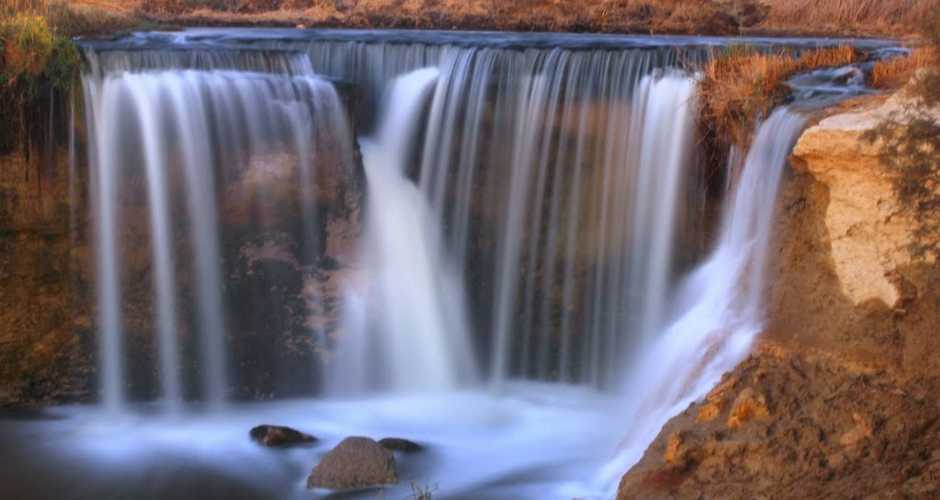
The El Rayan waterfalls may be seen on the left side of the road around 15 kilometers beyond the entrance to the reserve (of which nearly two kilometers are unpaved). The waterfalls are stunning, but it’s terrible that the government hasn’t been maintaining them since now they seem old and worn out, which is not the most appealing sight for tourists. We strongly suggest that you spend as little time as possible in this location and focus instead on exploring the wonderful protectorate.
Wadi El Rayan Valley – Explore the Nile outside the Old Valley
The Wadi El Rayan Valley encompasses an area of 1759 km2, and it has a lake that spans 113 km2 of that territory. It is situated in the Al Fayoum Oasis, approximately 65 kilometers to the southwest of Faiyum City and 80 kilometers to the west of the Nile River. This place is one of the best places to visit in Egypt. It has nature, history, geography, and activities.
The valley of Wadi El Rayan has been modified to accommodate the creation of two distinct artificial lakes. A series of waterfalls may be seen between the top lake and the lower lake in the nature reserve. It is generally agreed that the Wadi El Rayan Waterfalls are Egypt’s most impressive waterfalls.
The Magic Lake – The Shores of Magic
Wadi El Rayan is home to a hidden gem of a lake called the Magic Lake, which gets its name from the fact that it changes hues throughout the day depending on the angle of the sun.
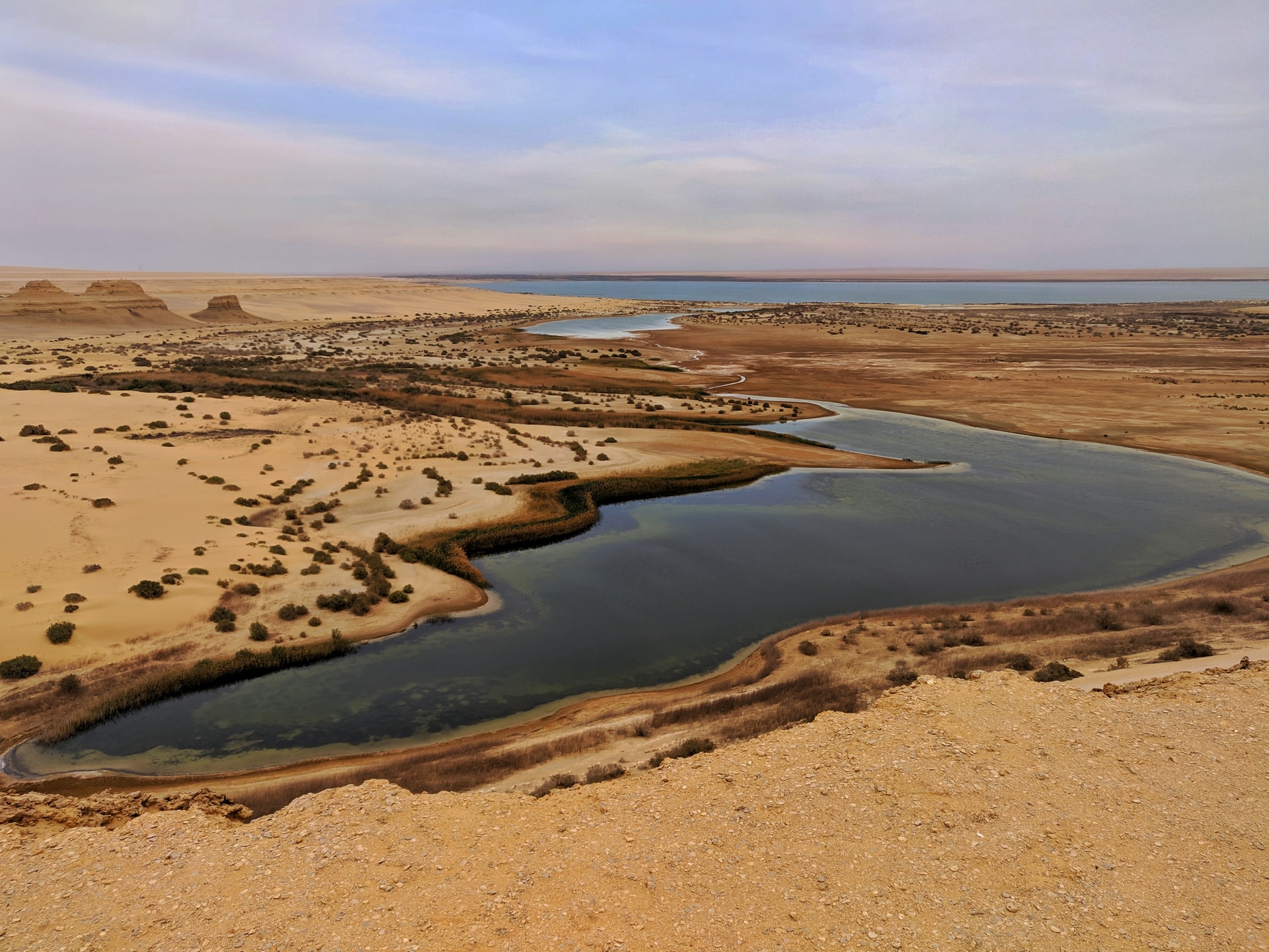
It’s a fantastic spot where you can try sandboarding in the desert, swim in a beautiful lake, or relax next to a breathtaking waterfall. There are minerals in the lake that aid people with rheumatism, and you can have fun riding and racing automobiles in the desert, so it’s the kind of mystical destination that only a mystical vacation can provide.
Jabal El Modawar – A wide. view of the lakes
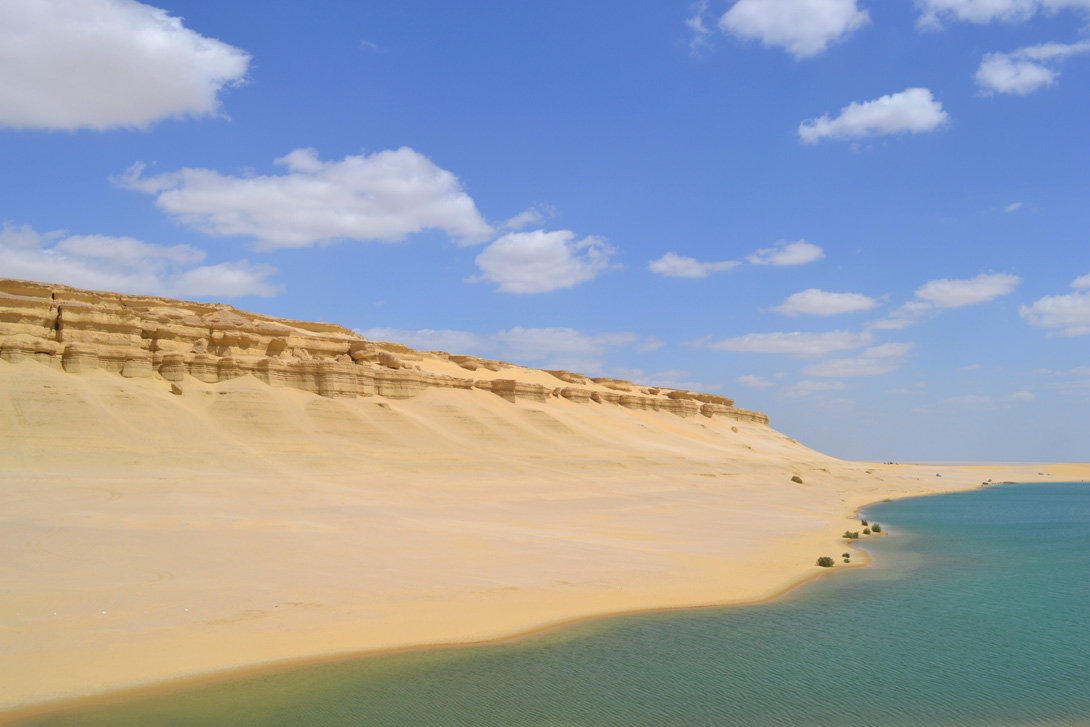
El Modawar means rounded in Arabic. Surprisingly enough, all the small stones you can find on the tiny hill are all rounded. The two twin hills are amazing sightseeing spots with lovely views over the lake. It is easy to climb and to look at the view from the top. I enjoyed rappelling once over there! It was a neat experience!!
Wadi Hitan – The UNESCO World Heritage Site
The UNESCO World Heritage Site is known as “The Whales Valley” in Arabic. The site contains fossils of some of the oldest types of whale. The discovery shows evidence for a solution to one of whale evolution’s greatest mysteries: the whale’s emergence as an ocean-going mammal from a prior life as a land-based species. There is no other area on the planet with the amount, concentration, and quality of such fossils, as well as their accessibility and setting in beautiful and protected terrain. This is one of Egypt’s most intriguing attractions.
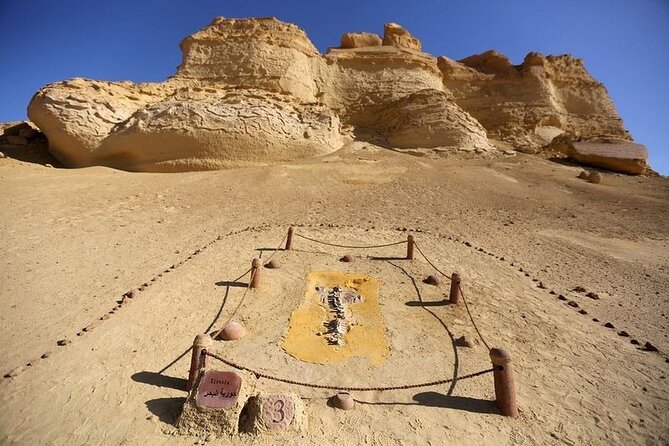
The “walking whale,” a prehistoric species of whale that has since been extinct, is on display in the Middle East’s first fossil museum, Wadi al-Hitan. The museum’s centerpiece is a skeleton of a legless whale that dates back 37 million years and is 18 meters in length, providing evidence for the theory that whales originated from terrestrial animals.
Also, the Earth’s climate change process is shown through a vast collection of fossils and other unique things gathered from all around Egypt. This museum was designed to seem like other indoor museums. All that can be seen of the structure are its rounded domes and vault since it is mostly submerged.
The new museum building is designed to seem like it belongs in the landscape. The curved domes and vaults are all that can be seen above the ground. The Egyptian Ministry of Environmental Affairs, the United Nations Development Programme, and the Italian Government all contributed to the museum’s creation. The fossils on display at the museum shed light on a major mystery in whale evolution: how whales transitioned from a land-based lifestyle to one in the ocean.
Madi Ruins “Medinet Madi” – Unreveal the History
Situated about 30 kilometers from Wadi El Rayan. Medinet Madi’s name means “City of the Past,”, which was during the Graeco Roman Period known as Narmouthis (City of Renenutet). Napoleon’s expedition to Egypt was responsible for the first mention of it in modern times. Enjoy visiting the great monuments and temples from the hidden past.
Qaron Temple – Al Qasr – Ancient Egyptian Civilization Ruins
The Palace of Qasr Qarun, or Qasr Qarun. Around 65 kilometers from Fayoum City, in the province’s northwestern region, is a well-preserved Ptolemaic temple. In spite of the fact that the Qaroun temple is widely accepted as being a Ptolemaic temple (323-30 BC), its exact dating remains unknown. It is almost finished and made of yellow limestone blocks, but the Antiquities Department has only repaired portions of the outside and strengthened some of the interiors.
Despite its modest outward appearance, the inside is a fascinating labyrinth of hidden chambers, hallways, basements, tunnels, stairways, higher rooms, and various nooks and crannies. The winged sun hovers above the entryway, and the ceiling (reachable by two square spiral staircases) has a relief of two figures: the crocodile deity Sobek on the left, and a monarch on the right.
The roof provides a great vantage point from which to see the surrounding landscape, including the desert to the south and west, the farmland to the north and east, the desert escarpment, and (sometimes, depending on the light), the Birka to the north.
Tunisia Village
A peaceful small village in the middle of green farms. The place is famous for its pottery schools and handmade souvenirs. There are several lovely lodges to enjoy in this area. The lodges offer traditional food like “Feter”, horseback riding, and accommodation. Check out Zad El Mosafer, Sobek, and Kom El Dikka.
How to enjoy Wadi El Rayan: Top Activities
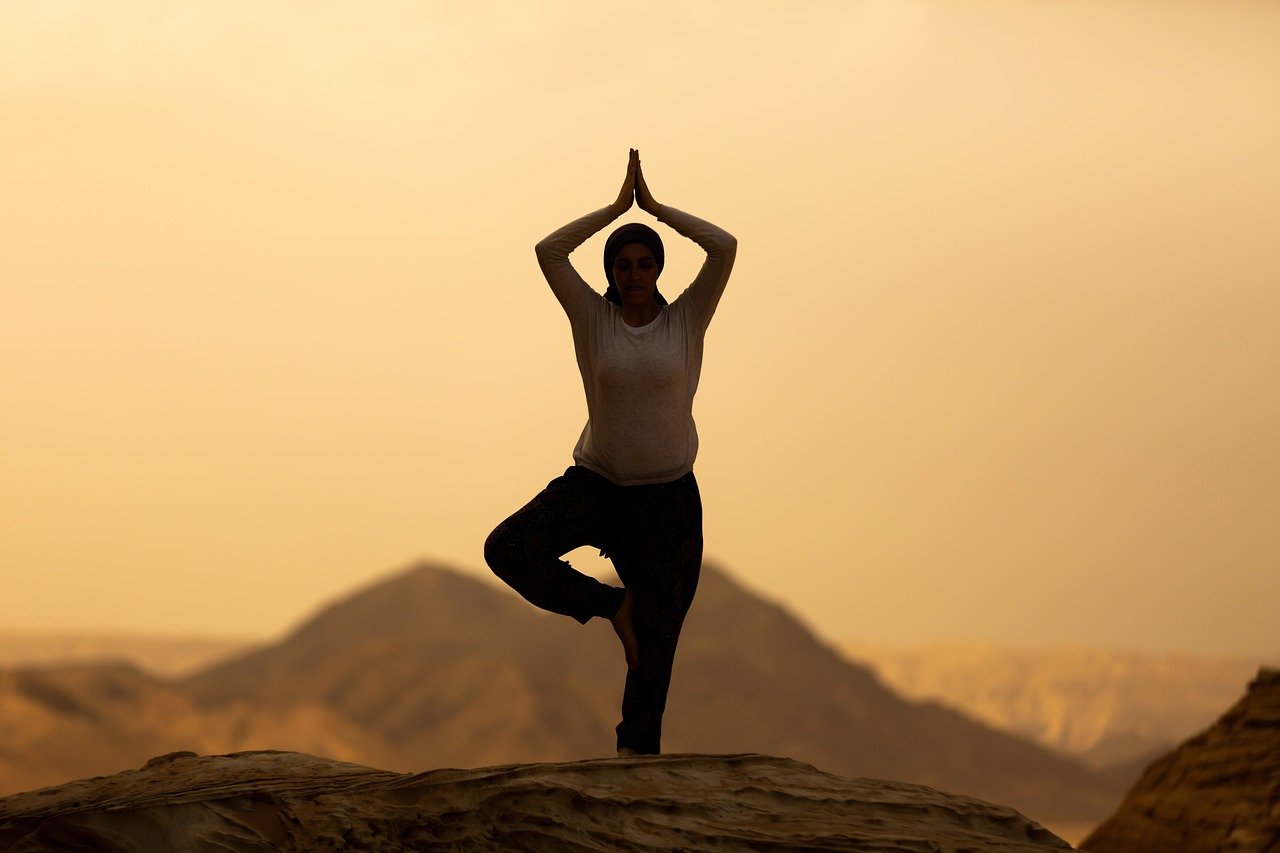
- Trekking: Go on a tour around the lakes or even further to the nearby mountains. Trekking is highly recommended in groups since the park is a vast area.
- Jump into the waterfalls and swim: You can enjoy swimming in the lake. It is not recommended to swim in the waterfalls if you want some privacy or like clear water.
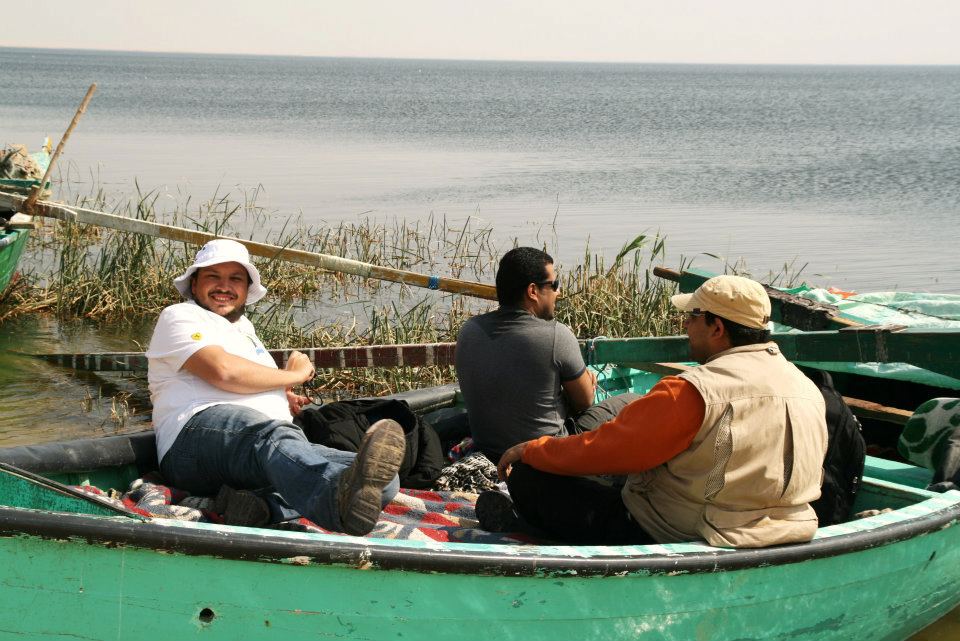
- Fishing with the locals: You can enjoy fishing in the lakes when the local fishermen are surfing the lake. However, this is only available during fishing seasons.
- Sandboarding. Hit the peak of the dune and slip down. It is a must-try sport. There are several high and small sand dunes in the area. Golden hills shine under the sun and are beautifully shaped by the smooth wind. Check out the Sandboarding Fayoum trip.
- Birdwatch: You can watch over 13 species of resident birds around the lake, and during the winter season, you can spot around 26 migrant and vagrant birds. Take aloooot of photos!
- Desert Safari: You can ride the dunes on a 4×4 vehicle and explore the area around the lakes. The safari trip can allow you to visit off-the-beaten-track areas and enjoy different views of the lakes and mountains.
- Camping under the stars: You can book a camping ticket from the National Park gate and enjoy a night camp in the area. Also, there are several ecolodges and camps where you can arrange a night in the valley or nearby Quran Lake.
- BBQ: While you are camping in this area, you can enjoy some BBQ to cook your food and make some tea.
- Meditate: Relax and enjoy the wonderful sunset over the lake while you are sipping some Bedouin tea (Served in a small glass).
- The lake view: The blue, tranquil water is a wonderful sight that will stick in your head for so long. Walk slowly and calmly around the lake and let the birds enjoy their beautiful peace.
How to get to Wadi El Rayan?
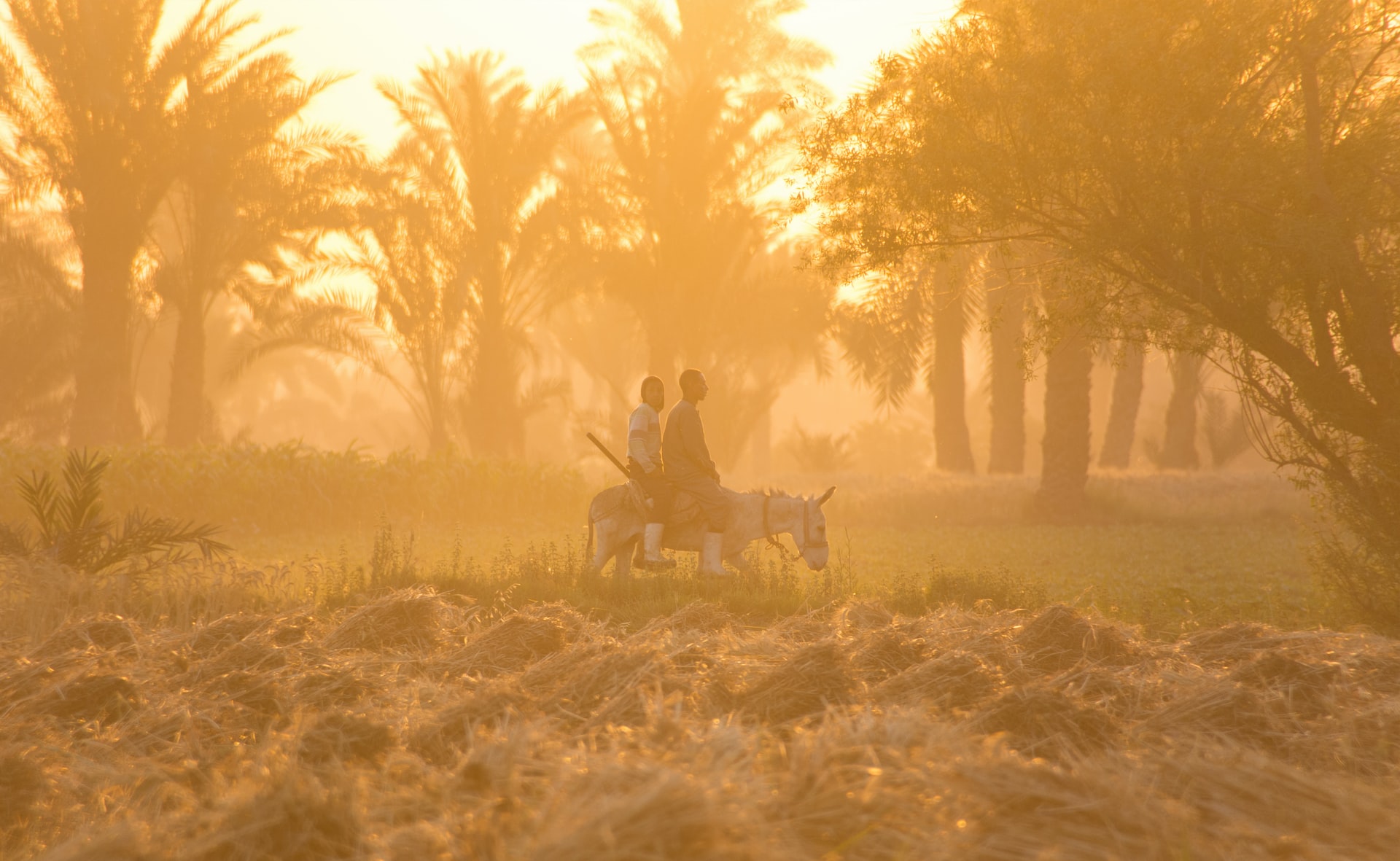
Unfortunately, there is no public transportation to Wadi El Rayan. You have two options to get there:
- Option one: By car, one can take the road to El Fayoum and then turn right to the southern shore of Qarun Lake. It is a nice road trip with some amazing scenery. Before you reach, the End of Qarun Lake turn left to the road of Wadi El Rayan National Park. It is around 8.5 kilometers to reach the entrance gate to the Wadi El Rayan. At the gate, you must buy a ticket for one’s vehicle and each occupant.
- Option two: Book a trip with one of the travel agencies that provide a full-day visit to Wadi EL Rayan.
Tickets and Entrance Fees
| Site | Local | Tourist | Car | Camping |
| Wadi Rayan | 10 Egyptian Pounds | USD$5 | 10 Egyptian Pounds | 50 Egyptian Pounds: Egyptian 200 Egyptian Pounds (Tourist) |
| Valley of the Whales | 25 Egyptian Pounds | USD$10 | 10 Egyptian Pounds | 50 Egyptian Pounds: Egyptian 200 Egyptian Pounds (Tourist) |
The entrance fees will be paid at the main gate of the national park. Tour operators can provide day tours to the destination, including all the expenses.
The History of Wadi Al Rayyan
Nearly fifty years ago, the Egyptian government decided to construct a canal and tunnel eight kilometers long through Western Sahara from the western side of the low-lying Faiyum region, which led to the flow of surplus agricultural wastewater from the Faiyum Oasis to Wadi al-Rayyan, leading to the formation of two large industrial lakes. Water first reaches the northern lake, and when it exceeds its capacity, water flows from it to a stream towards the deepest part of the sea.
The concept of utilizing the waters of Wadi al-Rayyan was first proposed during the reign of Muhammad Ali Pasha, who ordered his chief engineer, “Lenan de Belphon” to find a way to store the floodwaters. In 1882, the American engineer “Frederick Top Hoyt” submitted a project to convert Nile water to low Rayan to prevent the Nile from flooding high and to enable the use of stored water in case of emergency.
After submitting his second and third reports in 1894 and 1895, respectively, he considered excavating a channel passing near the Al-Hajj facility southwest of Ahnasia and continuing on for approximately 7 kilometers until it reached Wadi al-Rayyan, where the Nile would join the construction of a huge warship.
The Egyptian government started excavating a substantial section of the canal in 1943, but the project was halted for reasons they at first attributed to science. Geologists have claimed that there are several tectonic faults and fractures running through the depths of the Faiyum depression. The canal engineers were concerned that water might seep through the cracks. Despite the fact that the geologist Cirque de Fox disproved the notion in 1950, plans to turn Wadi El-Rayan into a water reservoir were scrapped so that research could begin on the construction of the High Dam at Aswan.
The Egyptian government has been investigating the feasibility of storing Nile water in the Faiyum Depression for over two centuries. In 1974, it reverted back to the same concept in order to get to work, having discovered that the valley had sunk 46 meters below the Mediterranean’s surface. This was roughly one meter above the level of Lake Qarun.
Since the canal was opened, the excess water has been flowing north from the Faiyum Oasis into Qarun Lake. However, Qarun Lake can only absorb a fraction of this water, so the rest of it flows into the second lake. The decline in the area around Wadi al-Rayyan has also contributed to this process by creating a series of waterfalls in the Valley of Al-Qassim.
Experts predict that these waterfalls won’t last forever due to the rising water level of the lower lake, which will eventually stop water from flowing through the waterfalls unless the evaporation rate of water within the lake increases by an amount sufficient to compensate for the volume of water that flows into it.
Unveiling Wadi El Rayan and Protect The Nature
Hey there, fellow adventurers! 🌿 Let me spill the beans on a hidden gem that’s sure to steal your heart – Wadi El Rayan National Park in Egypt. Trust me, this place is pure magic. I always visit and since then it has been etched in my memory. So, let me give you the lowdown on why you need to follow these important tips while visiting this unique destination.
Tip 1: Nature’s Canvas
Imagine wide-open desert, sculpted sand dunes, and water that shines like sapphires. Wadi El Rayan paints a picture so serene, it’s hard to believe it’s real. As you explore, you’ll find wetlands, waterfalls, and sand dunes that look like they’re straight out of a dream. Remember, though, we’re guests in nature’s gallery – let’s treat it with care.
Tip 2: Lakes That Steal Hearts
The star of the show? The upper and lower man-made lakes. These babies are the heart of the park. They’re not just pretty – they’re homes for some incredible fish, amphibians, and birds. But hey, let’s be responsible tourists – respect their space and keep things tidy.
Tip 3: The Enchanted Magic Lake
Oh, the Magic Lake! 🌅 This little wonder changes colors as the sun plays hide and seek. But here’s the deal – let’s enjoy the view without disturbing its tranquility. Sandboarding, swimming, and chasing waterfalls are all on the menu, just be mindful of your surroundings.
Tip 4: Unveiling Ancient Secrets
Ever heard of the Valley of the Whales? This UNESCO World Heritage Site spills secrets of whale evolution – it’s like stepping into a prehistoric tale. The fossils here are a glimpse into our planet’s past. Remember, we’re time travelers in this unique space, so let’s leave things as we found them.
Tip 5: Eco-Adventures Galore
Trekking, swimming, sandboarding – Wadi El Rayan is an adventure playground. But here’s the scoop: stay on marked paths to protect fragile ecosystems. And if you’re into bird watching, get ready to snap pics of some stunning residents and migratory visitors. Just remember, these are their homes, so let’s keep our distance.
Tip 6: Respect the Locals
The locals here are more than just people – they’re a part of this tapestry. Chat with them, learn from them, and if you’re fishing, join in during the right seasons. But let’s respect their way of life and ensure we’re not causing any disruptions.
Tip 7: Travel Responsibly
Road trip alert! To reach Wadi El Rayan, you’ve got two options: drive yourself or book a tour. No matter how you get here, respect the park’s rules and pay those entrance fees – they help keep this paradise protected.
Tip 8: Leave No Trace
As you explore, remember the golden rule of outdoor adventures: leave no trace. Keep your surroundings as beautiful as you found them. And hey, if you’re camping, enjoy your BBQ, but let’s make sure we’re cleaning up after ourselves.
Tip 9: Embrace the Magic
As you soak in the serene lakes, trek the dunes, and bask in the wonder of Wadi El Rayan, let it all sink in. This place is a treasure, a gift from nature. And just like any gift, let’s treat it with the love and respect it deserves.
So there you have it, my friends – a glimpse into the enchanting world of Wadi El Rayan National Park. Pack your sense of adventure, your respect for nature, and your camera – you’re in for a journey that’ll steal your heart and leave you yearning for more. 🌄🌊

